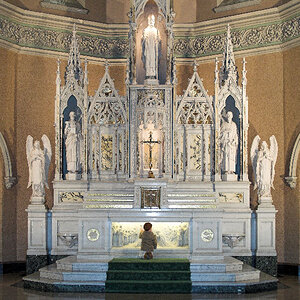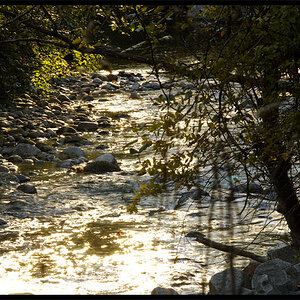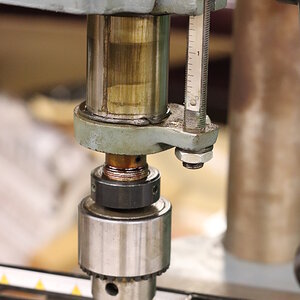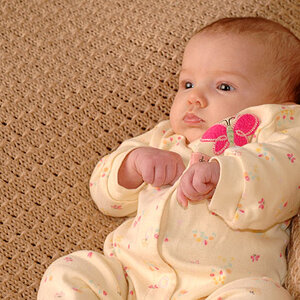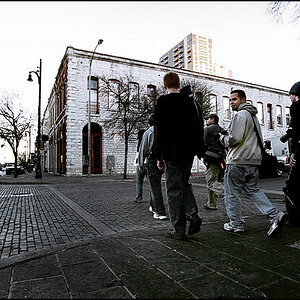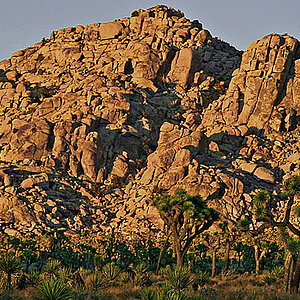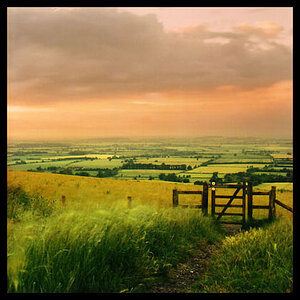hello! 
There seem to be so many different options of plugins out there these days for post-production. Which Photoshop plugins do you use and highly recommend? Especially when you work with a LOT of photos at once and want stellar results each time? What have been your favorites?
If not a plugin, do you use any other kind of stand-alone software for this purpose?
Editing to add:
I am mostly interested in portraits and photographs of people in general, so specifically interested in software that you consider the best for portratis specifically!
There seem to be so many different options of plugins out there these days for post-production. Which Photoshop plugins do you use and highly recommend? Especially when you work with a LOT of photos at once and want stellar results each time? What have been your favorites?
If not a plugin, do you use any other kind of stand-alone software for this purpose?
Editing to add:
I am mostly interested in portraits and photographs of people in general, so specifically interested in software that you consider the best for portratis specifically!



![[No title]](/data/xfmg/thumbnail/37/37133-3388fda4190cd07dbd7950af7b6ca646.jpg?1619737884)
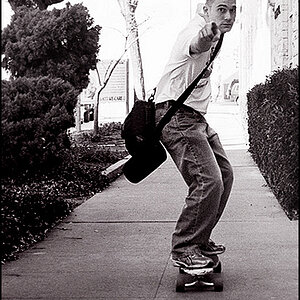
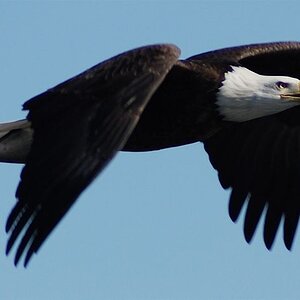
![[No title]](/data/xfmg/thumbnail/37/37135-37494dce30fd59534347332f715b7f8c.jpg?1619737884)
![[No title]](/data/xfmg/thumbnail/31/31040-9f6a7dd3ec0ea7b0db21f0da24ff9176.jpg?1619734582)
